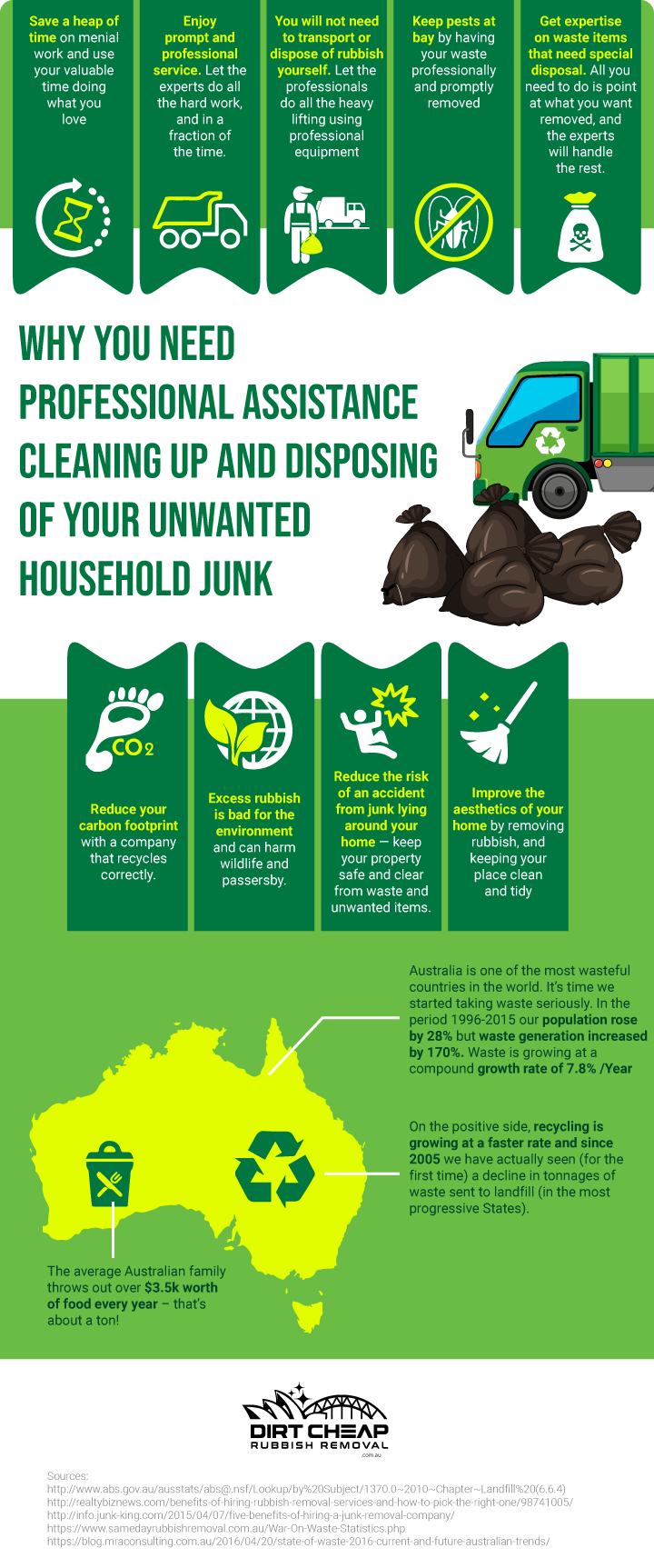Find Out Exactly How To Select The Perfect Dumpster Dimension For Your Task To Make The Most Of Performance And Minimize Costs With This Thorough Guide
Find Out Exactly How To Select The Perfect Dumpster Dimension For Your Task To Make The Most Of Performance And Minimize Costs With This Thorough Guide
Blog Article
just click the next document -Finnegan Fisher
When starting a task that requires a dumpster, the size you choose can greatly influence its effectiveness and cost-effectiveness. Imagine having the perfect container that accommodates all your waste without being excessively huge or also small. It all begins with understanding the nuances of your job and picking a dumpster dimension that lines up with your certain demands. So, before you choose, take into consideration the elements at play to ensure a seamless waste management procedure from beginning to end.
Elements to Consider
When picking the appropriate dumpster size, there are numerous essential variables to think about.
First, think of the kind of waste you'll be disposing of. Various products might call for varying quantities of space, so comprehending what you'll be putting in the dumpster is critical.
Next, analyze the amount of waste you anticipate to produce. If you take too lightly the quantity, you may require to make several journeys to get rid of every little thing, which can be inconvenient and pricey. On the other hand, leasing a dumpster that's too large can result in unnecessary expenses.
Furthermore, think about the room where the dumpster will be put. Make certain there's enough room for the dumpster to be delivered and grabbed without any obstructions.
Lastly, consider any type of weight restrictions that may use. Exceeding the weight restriction can cause added costs or perhaps the rejection of service.
Dumpster Dimension Alternatives
For choosing the right dumpster size, it's essential to have a mutual understanding of the available options. Dumpster dimensions generally vary from 10 to 40 cubic lawns, with variants in between.
A 10-yard dumpster is suitable for tiny tasks like a garage cleanout or a little renovation. If you're taking on a medium-sized task such as a cooking area remodel or a basement cleanout, a 20-yard dumpster may be the ideal choice.
For larger jobs like a whole-house improvement or business building and construction, a 30 or 40-yard dumpster could be preferable to fit the volume of waste produced.
When selecting a dumpster dimension, consider the quantity and kind of particles you expect to throw away. It's much better to pick a slightly bigger size if you're unsure to avoid overfilling. Keep in mind, it's more affordable to lease a dumpster that fits your demands instead of having to order an additional one.
Matching Size to Job
Efficiently matching the dumpster dimension to your job is crucial for efficient waste management. To identify the ideal size, take into consideration the range and nature of your job.
For small home cleanouts or renovations, a 10-yard dumpster might suffice. These are typically 12 feet long and can hold around 4 pickup truck lots of waste.
For dumpster rental fort worth texas like remodeling multiple rooms or clearing out a huge estate, a 20-yard dumpster might be preferable. rent garbage bin are around 22 feet long and can hold around 8 pickup loads.
If mouse click the up coming internet site or industrial restoration, a 30-yard dumpster could be the very best fit. These dumpsters have to do with 22 feet long and can fit regarding 12 pickup truck lots of debris.
Matching the dumpster size to your job ensures you have adequate area for all waste products without overpaying for extra ability.
Final thought
In conclusion, selecting the best dumpster dimension for your project is essential for effective waste disposal. By thinking about factors like the kind and quantity of waste, room schedule, weight restrictions, and spending plan restraints, you can ensure you have the ideal size dumpster for your demands. Ensure to match the dimension of the dumpster to the range and nature of your task to prevent overspending on unneeded costs.
